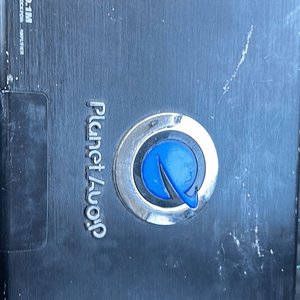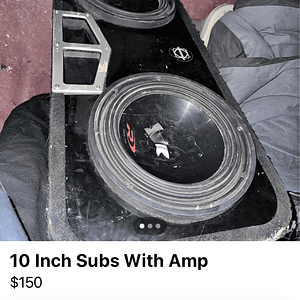I searched the data base but did not find an answer to my question.
How much power is to much power. I always hear some say, Oh that speaker or sub handles that much power but that amp has more power and just turn down the gain little and you will be fine. Headroom is the key. I understand that not having enough power or headroom and that a person may have to get a little more powerful amp. I understand all that but, the opposite side is then, how much power is then is to much. Example is say a sub that may handle 500RMS and the person has a 1000rms amp or more and some have said it will work find just turn down the gain a little and you will be fine. Or say a component speaker or just speaker that may handle 100rms and the person has a 150rms amp or more. Turn down the gain a little and you will be fine. I have even read and heard some say you should match up the power, speaker has 100rms so amp needs to match at 100rms too.
I think you all understand my question. When is to much power to much power. Is there a standard or a say word of thumb and base line that should be followed.
How much power is to much power. I always hear some say, Oh that speaker or sub handles that much power but that amp has more power and just turn down the gain little and you will be fine. Headroom is the key. I understand that not having enough power or headroom and that a person may have to get a little more powerful amp. I understand all that but, the opposite side is then, how much power is then is to much. Example is say a sub that may handle 500RMS and the person has a 1000rms amp or more and some have said it will work find just turn down the gain a little and you will be fine. Or say a component speaker or just speaker that may handle 100rms and the person has a 150rms amp or more. Turn down the gain a little and you will be fine. I have even read and heard some say you should match up the power, speaker has 100rms so amp needs to match at 100rms too.
I think you all understand my question. When is to much power to much power. Is there a standard or a say word of thumb and base line that should be followed.



